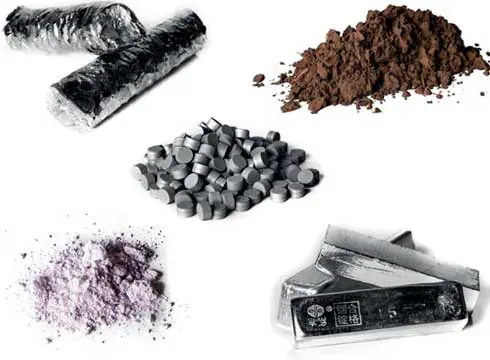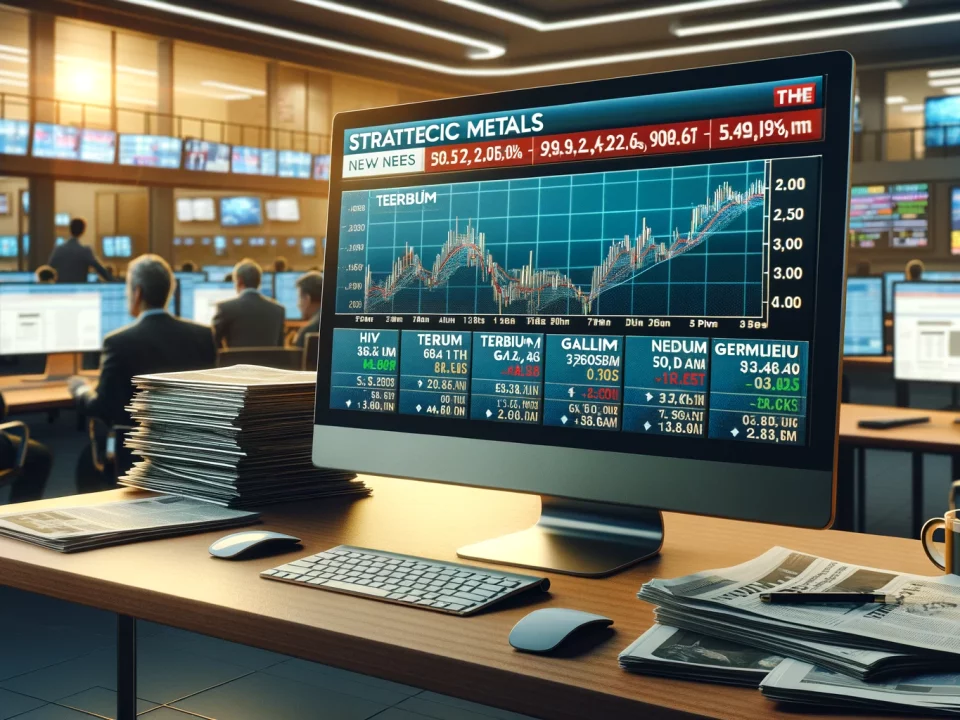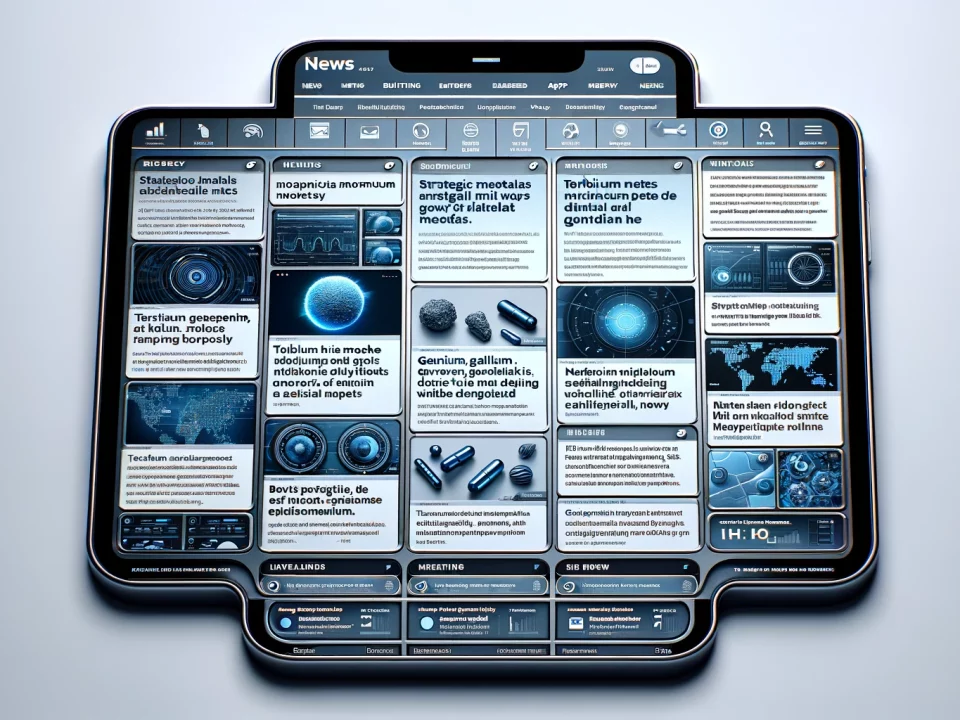
Meet the Spice Metals
April 10, 2023
Cold War 2.0 Will Be a Race for Semiconductors, Not Arms
June 28, 2023Truth be told, the market and prices have been sending confusing signals so far this year. We will explain in detail what has been occurring. Click here to view the current strategic metals prices and YTD price changes.
On the one hand, the energy transition is increasing the demand for strategic metals, and China, the most important producer, is restricting exports.
So how and why have the prices for rare earths fallen in recent weeks, defying traditional market logic?
For the past few years, the demand for rare earths has been higher than the supply, which has led to price increases.
However, we now see that part of the demand has decreased due to unmet expectations in e-mobility (electric cars). In countries such as Germany and China, the subsidies for these vehicles have expired or been scaled back, which is reflected in falling sales figures.
In addition, the industry has had to contend with some issues ranging from high electricity prices to infrastructure, which still needs to be expanded, as well as insurance issues.
Tesla’s announcement to substitute rare earths for ferrites in the permanent magnets of its cars has caused additional tremors in the market. However, industry observers speak of an overreaction by the media and the market, as there is no proven alternative at this time.
Rare earths are usually mentioned in the same sentence as China. The country is the most important player in the market. Not only does it have extensive deposits, but it also leads the world in the processing of ores. More than 90% of all rare earths processed – come from China. So, the raw materials market for rare earths is firmly in Chinese hands. A few large companies in China, which are subject to government influence and annual production quotas, hold a monopoly.
Based on our many years of market observations, we know the price can be weaker at the beginning of the year. Work at Chinese mines and processing plants is at a standstill during that time because of the Chinese New Year holiday. In addition, producers are waiting for the annual mining and processing quotas, which the Chinese government publishes in March at the latest.
Despite all of this, industry experts agree that a supply gap will arise in the long term.
The reasoning behind this is the global energy transition away from fossil fuels, which the international community agreed to in the Paris Agreement in 2015. The resulting appetite for raw materials is enormous.
In the medium term, there is much to suggest that the prices of the raw materials required for these uses will continue to rise.
The biggest news, though, from the first quarter has just come in. It has been widely reported that China is planning to enact a ban on exports of rare earths in 2023. This is a game changer and has not happened since 2011.
China has been accused of “weaponising” its grip on rare earth metals amid reports it is preparing a ban on exports.
Beijing is reportedly drawing up plans to block exports of raw materials (rare earths), raising the spectre of shortages in the West, given China’s dominance in the market.
China said they would never (again) introduce export restrictions on rare earths after 2011. The announcement appears to be a clear warning of its willingness to weaponise its dominant position in rare earths, yet again.
If this happens we will likely see dramatic increases in prices as we did in 2011 when China restricted exports due to a territorial dispute with Japan.
Our mantra and predictions have remained the same in that we expect price increases and healthy investment returns in the medium (3 to 5 years) and long term (10 years).
As we have seen in the first quarter of this year, the short term can see price decreases and even defy market logic; however, the medium to long-term play is proven to be safe and profitable.
Most recent events indicate we might see a return to price increase similar to 2011 when China restricted exports and weaponised rare earths economically.
If you have questions or want to learn more about owning rare earths as physical assets, please contact us.
Many thanks.





